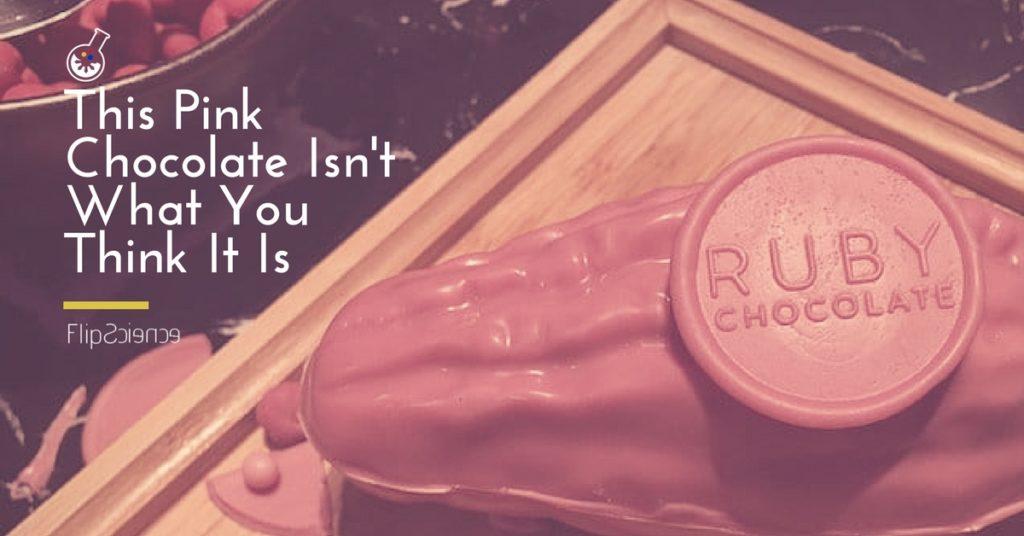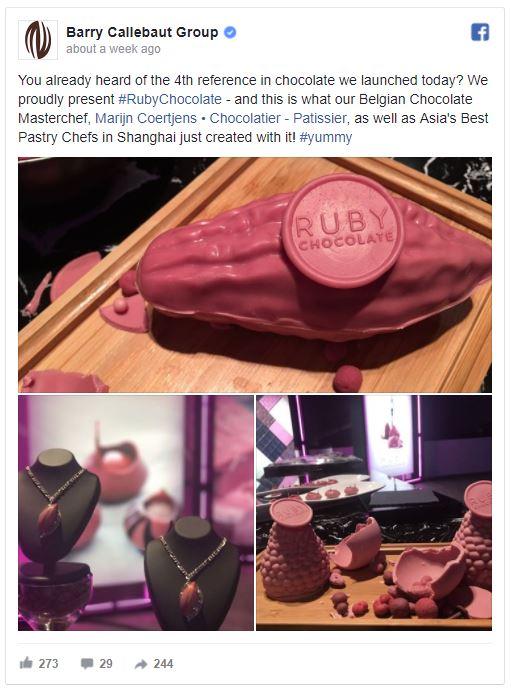Ask any Juan to enumerate his favorite panghimagas or desserts — you’ll surely find chocolate on that list.
Unsurprisingly, chocolate is the go-to sugar fix of many a sweet-toothed snacker. It’s been around since the time of some of the earliest civilizations on the planet. Thanks to the discovery and cultivation of the cacao plant, the Mesoamericans, Mayans, and Aztecs were among the first fans of this delightful sweet.
It’s also incredibly versatile. You can enjoy it in its solid form; the popular Hany or Choc-Nut choco-peanut bricks immediately come to mind. You can even drink the stuff — either rich and thick or thin and watery, depending on how you prepare it. (Or, if you live in the Noli Me Tangere universe, depending on how much Padre Salvi likes you).
So far, the world has come to know and enjoy three kinds of chocolate: dark chocolate, which is the almost-pure product of cocoa butter (and thus, the healthiest one, according to research); milk chocolate, which has milk and cocoa butter as its base; and white chocolate, a derivative of chocolate (typically vegetable oil blended with cocoa butter) introduced by Nestle in the 1930s.
Now, researchers have discovered a fourth kind (and no, it’s certainly not alien-made). So, what makes this one so unique?
Well, aside from the fact that it’s the first new variant in 80 years, it also happens to be pink.
Tickled pink about pink chocolate
That’s right: This newly discovered kind of chocolate is colored pink. And no, it’s not berry-flavored; it supposedly has no preservatives or food coloring additives. In other words, it’s a naturally pink chocolate.
Meet the Ruby chocolate:
Swiss-based chocolate and cocoa manufacturer Barry Callebaut is behind the creation of these rose-colored chocolates.
According to a spokesperson from the company, pink chocolate gets its color straight from cacao beans carefully selected and harvested in places such as Brazil, Ecuador, and the Ivory Coast.
For this project, Barry Callebaut’s food scientists teamed up with experts from a university in Germany. For nearly a decade, the team worked on perfecting the process of picking the right cacao beans from the same species of cacao plant used for traditional chocolates.
The process of creating pink chocolate is shrouded in mystery, though, as the company is keeping it a secret.
The traditional process of chocolate making starts with harvesting large pods of cacao plants and cracking them open. The beans inside are then fermented, roasted, grounded and pressed. This results in the creation of fatty cocoa butter — the main ingredient of most of the chocolates we know today.
Red hot, or just a pink elephant?
According to a press release from the 175-year-old chocolate maker:
“The fourth type in chocolate offers a totally new taste experience, which is not bitter, milky or sweet, but a tension between berry-fruitiness and luscious smoothness.”
Some experts, however, doubt the authenticity of Barry Callebaut’s pink chocolates.
In an email interview with The New York Times, chocolate experts Don Ramsey shared that while the new chocolate is intriguing, the lack of information on its production process makes it challenging to assess whether it’s a “true” chocolate variant.
Luke Owen Smith, a chocolate connoisseur and owner of The Chocolate Bar in Wellington, New Zealand, says that Ruby chocolate is on “the fringe of what [he] would want to call chocolate,” and is nothing more than a marketing gimmick. According to Smith, it’s not uncommon for raw cacao to have a reddish hue, as the color change evident in the other variants stem from the fermentation process.
“I’m reasonably certain that they’re not fermenting the cacao, which is definitely a key thing. That makes it dubious about whether you’d really want to call it chocolate because fermentation is where the chocolate flavour starts to begin coming in. Cacao before fermentation, it’s not really chocolate – it’s cacao.”
Smith adds that unless Ruby chocolate has a ton of milk and sugar added to it, it “doesn’t sound to [him] like something that would taste good.”
Questions regarding its legitimacy notwithstanding, Filipino chocolate lovers will certainly want to try pink chocolate for themselves. After all, as far as Pinoys are concerned, there’s always room for dessert. –MF

Author: Cez Verzosa
Cez Verzosa is a former news producer at a local television network and a product of the University of Santo Tomas journalism school in España, Manila. She is currently in the United Arab Emirates, busy looking for camels.







